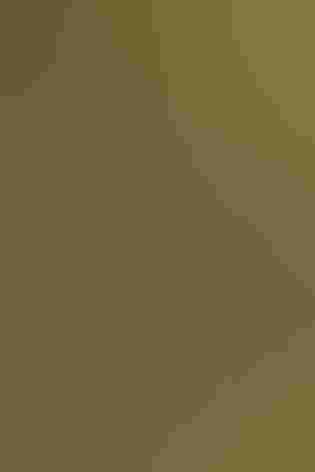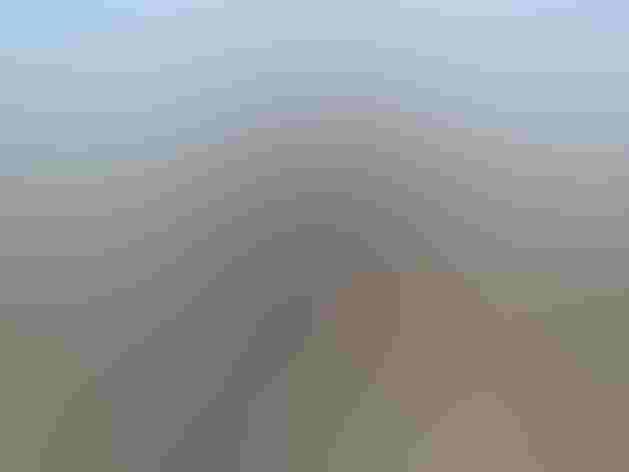Willow Ptarmigan
At a Glance
Aptly named, this common northern grouse is closely associated with thickets of dwarf willow on the tundra at all seasons. It occurs in isolated pairs at the beginning of the nesting season, but gathers in flocks in winter. Molting its body feathers twice a year, it goes from mottled brown or gray in summer to white in winter, so that it's camouflaged at all seasons. In winter its feet are heavily feathered to the tips of the toes; these feathers increase the surface area of the feet and act as 'snowshoes,' allowing the birds to walk easily over fresh drifts.
All bird guide text and rangemaps adapted from by Kenn Kaufman© 1996, used by permission of Houghton Mifflin Harcourt Publishing Company. All rights reserved.
Category
Pheasants and Grouse, Upland Ground Birds
IUCN Status
Least Concern
Habitat
Tundra and Boreal Habitats
Region
Alaska and The North, Eastern Canada, Western Canada
Behavior
Flap/Glide, Flushes, Rapid Wingbeats, Running
Population
43.000.000
Range & Identification
Migration & Range Maps
Seems to be less migratory than Rock Ptarmigan on average, but sometimes appears well south of the breeding range in winter.
Description
15-17" (38-43 cm). White with black tail feathers in winter. More variable in summer, changing during the season. Male in late spring may have white body, chestnut head and neck; later he is mostly reddish brown with white wings. Female is better camouflaged, duller mottled brown through summer. Compare to other ptarmigan species.
Size
About the size of a Crow, About the size of a Mallard or Herring Gull
Color
Black, Brown, Red, White
Wing Shape
Fingered, Rounded
Tail Shape
Rounded, Short, Square-tipped
Songs and Calls
In flight, courting males have a loud, staccato go-back, go-back, go-back, and other guttural calls.
Call Pattern
Flat, Undulating
Call Type
Odd, Rattle
Habitat
Tundra, willow scrub, muskeg. Generally found north of timberline, in lower wet tundra with abundant thickets of dwarf willow. Also in brushy openings within northern forest. In mountainous regions, lives near timberline or in open valleys in shrubby willow growth.
Sign up for ÃÛèÖAPP's newsletter to learn more about birds like the Willow Ptarmigan
Behavior
Eggs
5-14, usually about 7. Red when first laid, but dry to Blotchy blackish brown with some pale areas. Incubation is by female only, 21-22 days.
Young
Downy chicks leave nest with female a few hours after hatching. Female tends young (and broods them while they are small), but young feed themselves. Young capable of short flights at age of 10-12 days, but not full-grown for several weeks; remain with adult female until late summer.
Feeding Behavior
Forages while walking by picking at vegetation, nipping off food with bill.
Diet
Mostly buds, twigs, leaves, and seeds. Adult almost entirely vegetarian, feeding heavily on willow, alder, birch, and other plants, eating the buds, leaves, and twigs. Also eats many berries, such as crowberry and blueberry, and eats some insects. Regularly swallows grit to help with digesting rough plant material. Young chicks feed mostly on insects and spiders at first, soon beginning to eat more plant matter.
Nesting
In spring, male defends territory by displaying: raises red combs over eyes, throws head back, fans tail, droops wings, and struts about. Makes short flights, circling back to starting point while uttering harsh call. Nest site on ground, sometimes completely in open but often under willow shrub, grass clump, or other shelter. Nest (built by female) a shallow depression lined with grass, leaves, moss, feathers.
Conservation
Conservation Status
Goes through population cycles, abundant in some years and scarce in others; generally common over its vast northern range, and mostly remote from the impacts of human disturbance.
Climate Threats Facing the Willow Ptarmigan
Choose a temperature scenario below to see which threats will affect this species as warming increases. The same ÃÛèÖAPP change-driven threats that put birds at risk will affect other wildlife and people, too.












